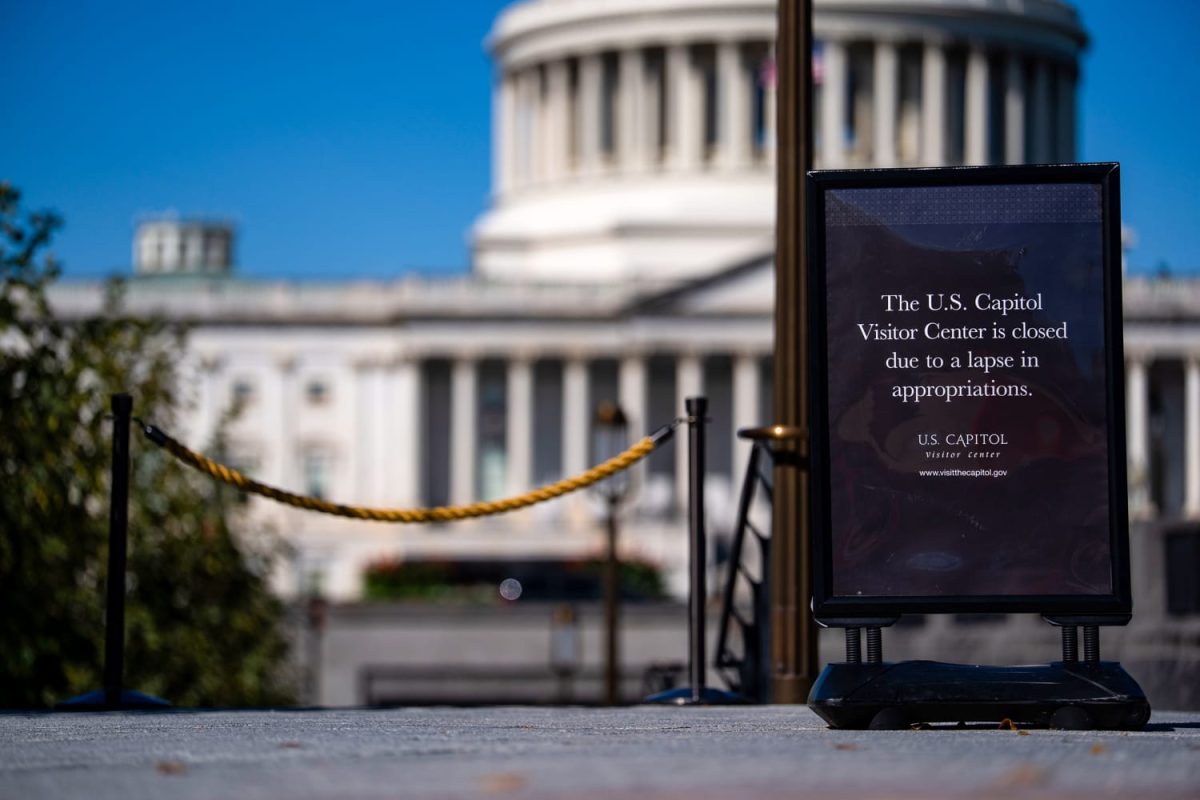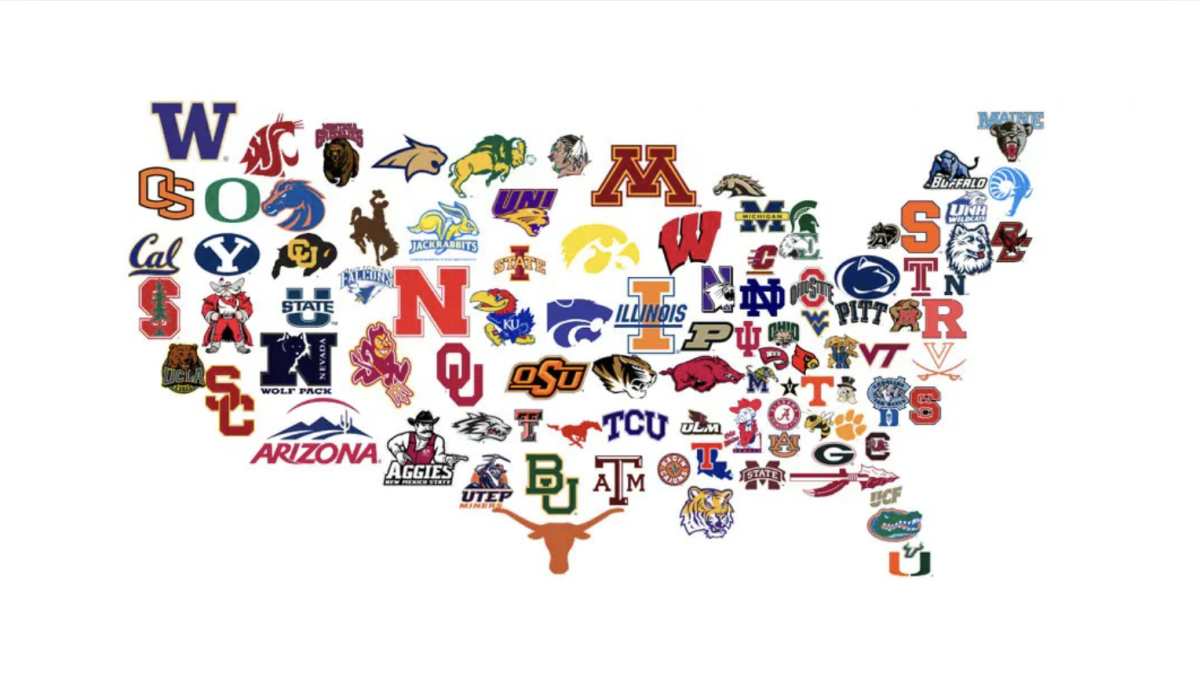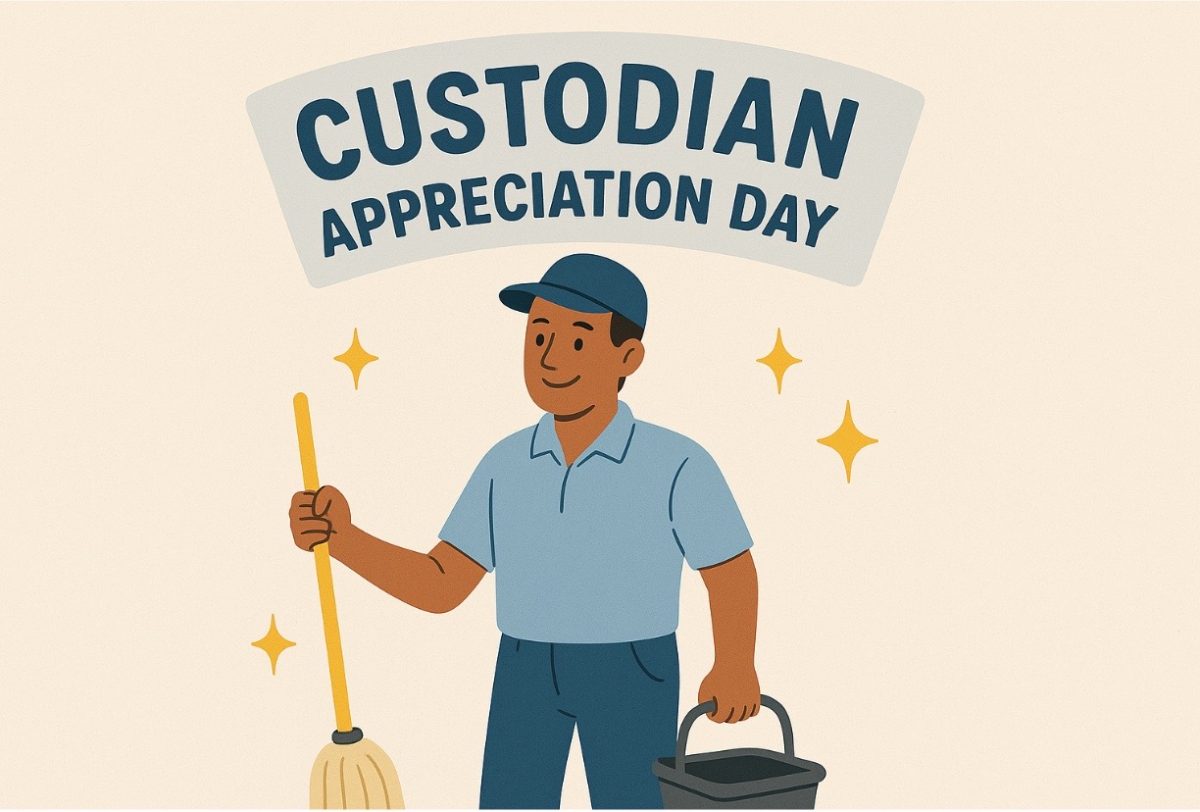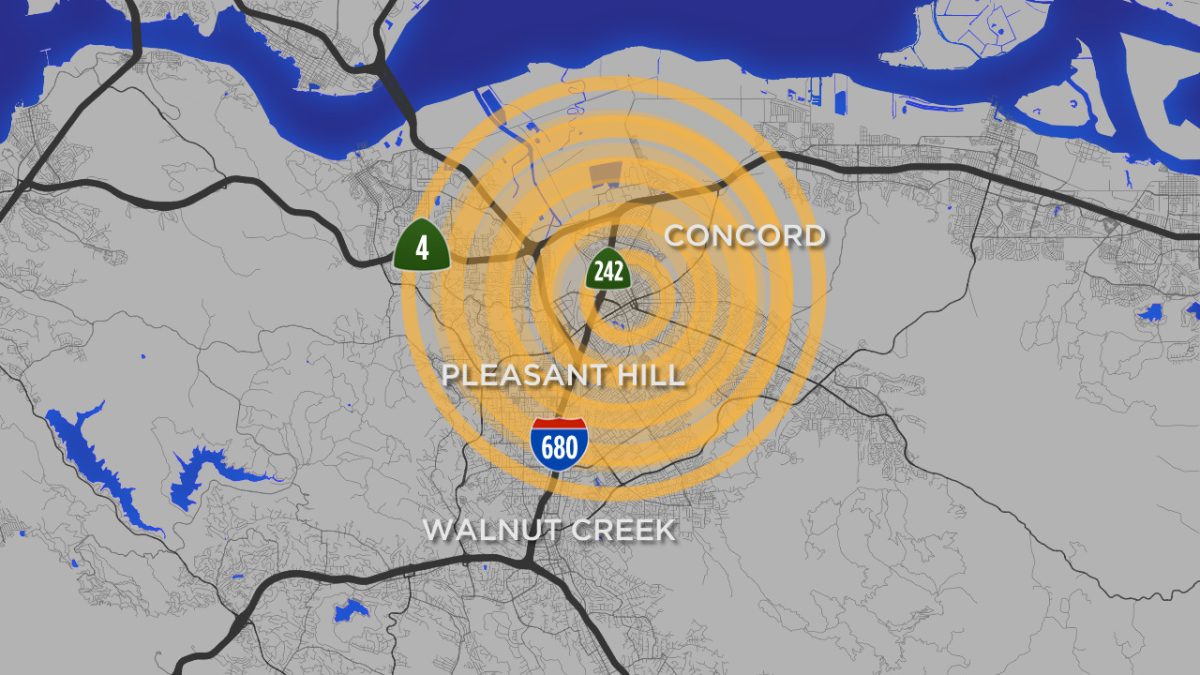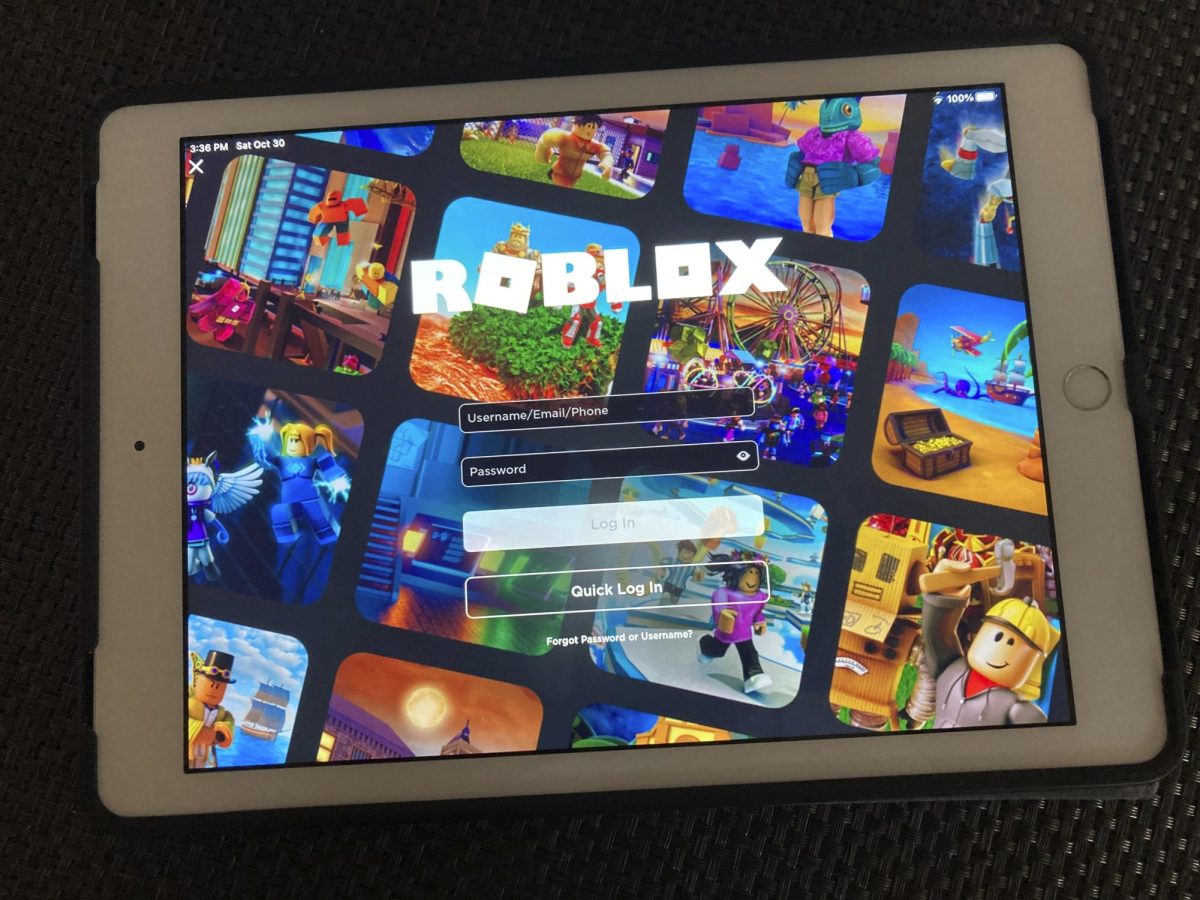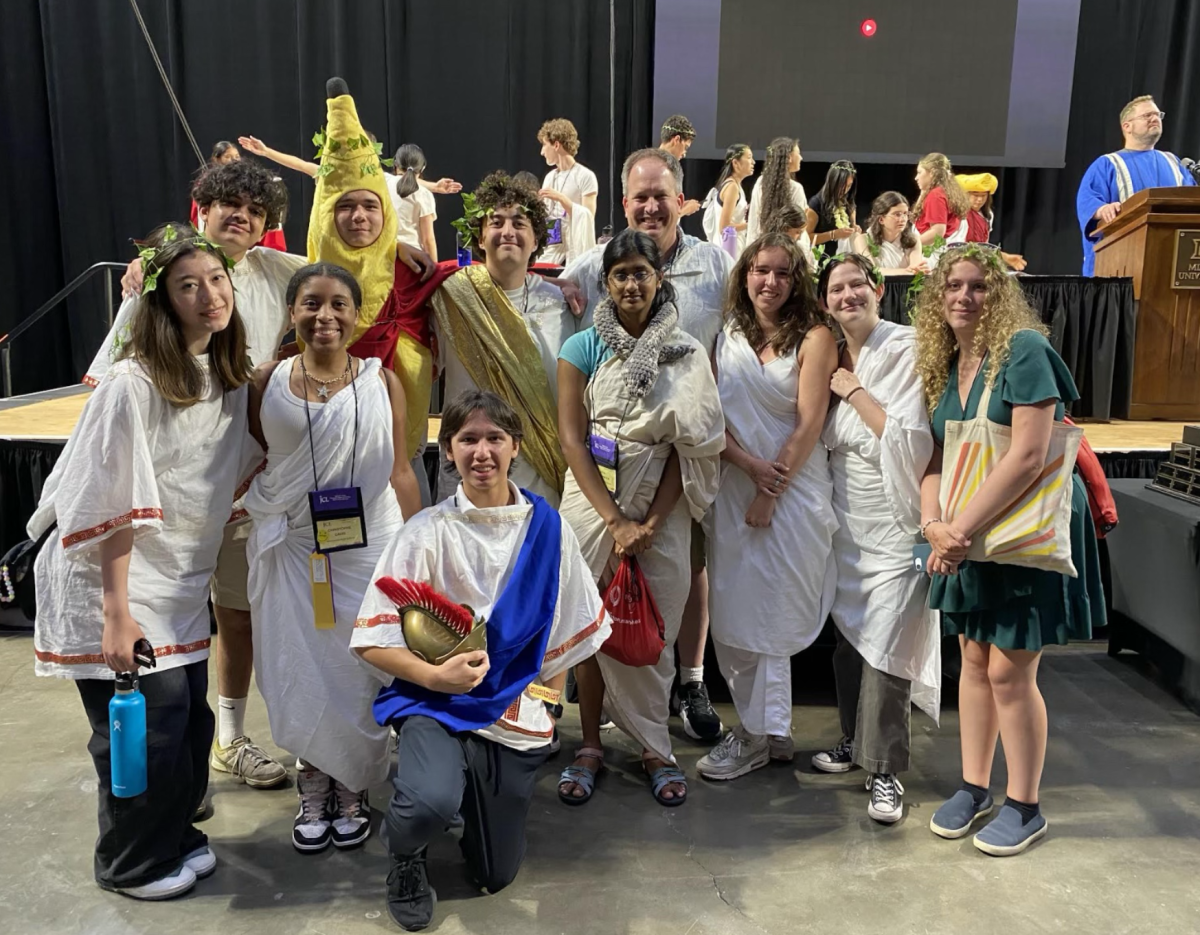You’ve probably heard the term “government shutdown” tossed around for the past couple of weeks since the shutdown began on Oct. 1. At first, it might’ve seemed scary and like we were in uncharted territory, but as the days have gone by, our lives have gone on as they normally do, and many of us probably forgot the shutdown was still happening. Even though it doesn’t feel like the shutdown is directly affecting our lives, the reality is that the shutdown is still happening, and it has the potential to be the longest government shutdown ever.
A government shutdown in the US happens when Congress (a part of the legislative branch) fails to pass, or the president refuses to sign, a spending bill that funds all the government’s operations. The resulting funding gap leads to a government shutdown, as there are no longer the appropriate funds available to properly run the government. Congress resolves these shutdowns by passing continuing resolutions, which allow for short-term funding while negotiations are being held.
In the US, these shutdowns are more common than you may think. The current budget process was created in 1976, and since then, we’ve had 11 government shutdowns. The most recent shutdown was in 2019 and lasted for a whopping 34 days.
This time, Democrats and Republicans within Congress were unable to agree on how to resolve a budget dispute. Each side has its own vision on its ideal budget allocations, and unfortunately, it’s taking a while for them to reach a compromise. The main argument is over whether or not lawmakers should extend subsidies for the Affordable Care Act (ACA). Around 24 million people use the ACA to purchase their health plans. Republicans are claiming that Democrats want to use tax dollars to help pay for the healthcare of undocumented immigrants, which is false. Democrats also want to repeal some of the cuts to healthcare programs that took place this past summer. As a result, important funding for government programs and services is at risk of being delayed or paused, putting the millions of Americans who rely on services like veterans’ benefits, food assistance programs, national park operations, and federal employee pay at risk.
“I was shocked when I heard that the government was shutting down. I wasn’t really sure exactly what that entailed, but I knew it couldn’t be good. The more I researched, the more I realized how this shutdown has the potential to really affect our daily lives,” senior Anna Legan said.
Many Americans are already feeling the negative repercussions of the shutdown. 40% of federal workers (750,000 people) are currently on unpaid leave. Thousands of flights within the US have been delayed or cancelled, seeing as there is a shortage of air traffic controllers. These air traffic controllers, including Transportation Security Administration (TSA) agents, are being asked to work without pay, leading to many calling in sick and overall staffing decreasing by around 50%.
“It’s very unfortunate that so many are left without pay and jobs right now. Especially essential workers, like TSA agents, who we need but just aren’t getting paid at all. It really makes you realize how much we rely on the government for things we often take for granted,” Legan said.
Various other worker groups have been put on temporary, unpaid leave, including many National Park employees, Centers for Disease Control and Prevention (CDC), National Institutes of Health (NIH) workers, etc. It’s also important to note that the Smithsonian museums are currently unstaffed and, as a result, have had to shut down. There is also no research funding available, ultimately leading to scientific setbacks. As of right now, things like Social Security and Medicare are still in full swing, but benefit verification and card insurance might stop.
Fortunately, since schools are mainly state-funded, and grants and student loans are most often awarded during the summer, it seems that the education system will not be harmed during the shutdown.
“Unless you or your family’s job is to work for the federal government, you’re probably not impacted that much [by the shutdown] unless you get on an airplane because air traffic controllers are not working as much because they’re not getting paid. Part of their contract is that they have to work even if the government shuts down and they don’t get paid. Some federal workers who are laid off for the period of the shutdown get to be hired back and get their back pay, but it’s stressful for people who have those federal jobs. It really depends on what part of the federal government you interact with. If you want to go to Yosemite, good luck, because the people who keep the park running are not there,” teacher Greg McAdam said.
As of right now, it is unclear when the shutdown will end, and it is dependent on when both parties will be able to come to a compromise. Democratic members of Congress say they won’t vote to end the shutdown until health insurance tax credits are extended. So, until then, Americans will just have to wait until both sides can come to an agreement.

